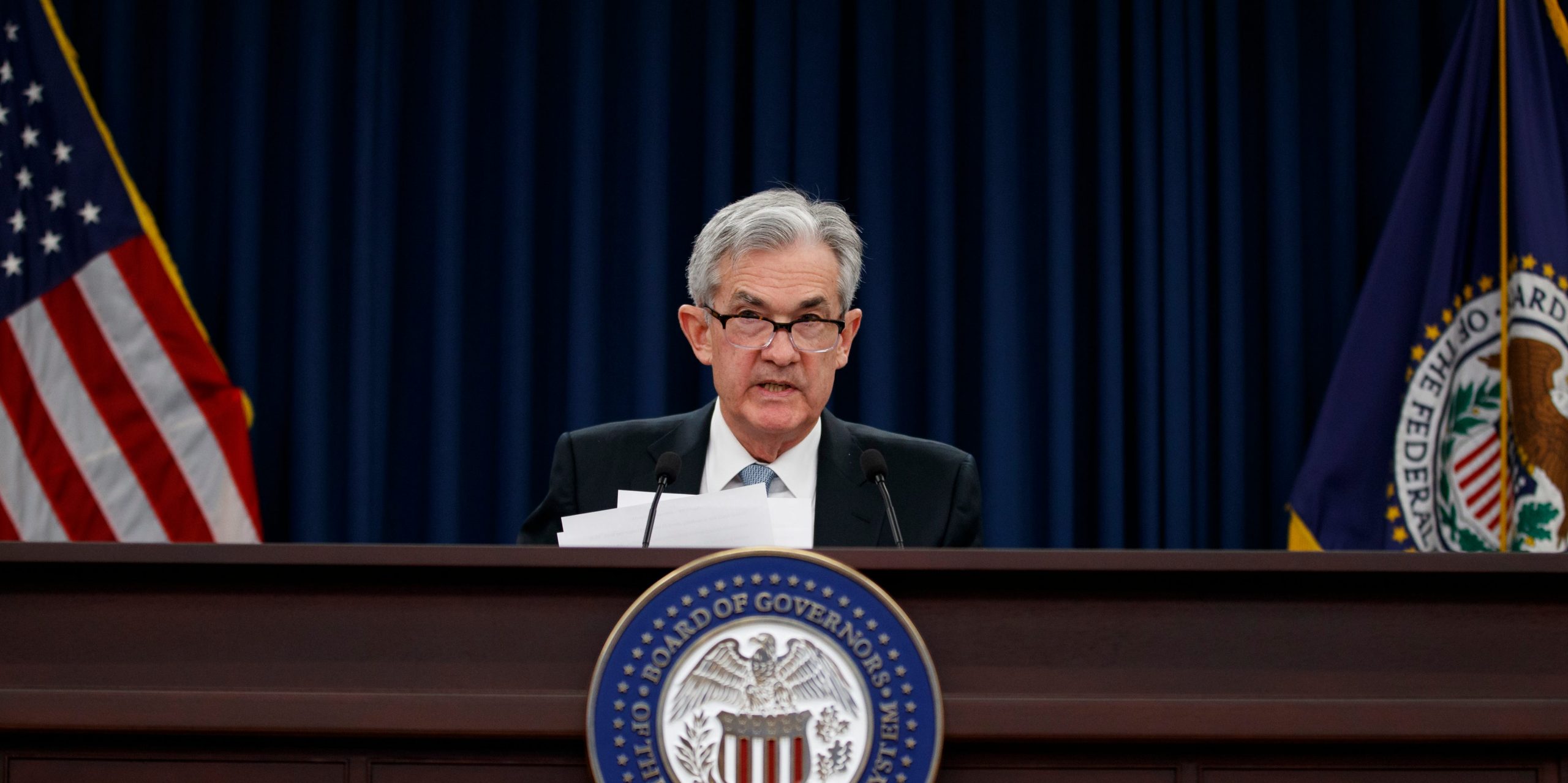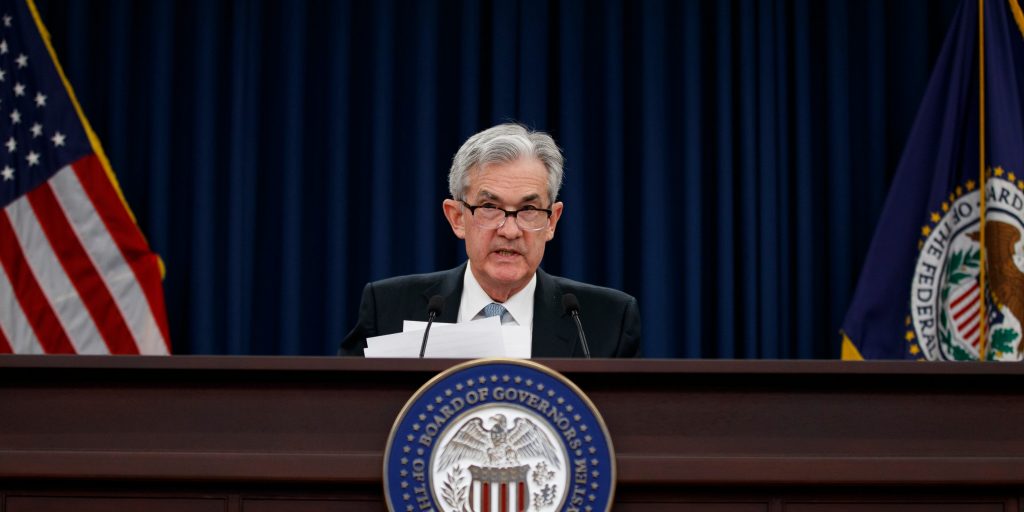
AP/Carolyn Kaster
- The Fed will start shrinking its emergency asset purchases later in November, according to a Wednesday statement.
- The move kickstarts a return to normal policy and signals the recovery has made major progress.
- It also hints that the Fed is shifting its focus to inflation and considering when it will raise interest rates.
After deploying unprecedented economic support for 20 months, the Federal Reserve will start putting its tools back in the toolbox.
The central bank announced Wednesday it would begin tapering its asset purchases later in November. The Fed had been buying at least $80 billion in Treasurys and $40 billion in mortgage-backed securities each month to help markets function properly.
Since the economy has made "substantial further progress" toward key recovery goals, the Fed will start reversing course and shrink the purchases, the central bank said in a statement.
The central bank's purchases will decline by $10 billion for Treasurys and $5 billion for MBS starting later in November, according to the statement. Similar cuts will be made in December, leaving the purchase sizes at $60 billion and $30 billion for Treasurys and MBS, respectively.
The announcement marks a key step for the Fed's return to normal. The central bank slashed interest rates to zero and began its asset purchases early in the pandemic to keep markets working normally and lower borrowing costs. Policymakers said the ultra-accommodative policies would stay in place until the economy made significant progress toward above-2% inflation and maximum employment. The Wednesday announcement signals the criteria were met, and that the Fed is confident enough in the recovery to start reining in its support.
The tapering schedule also signals new priorities for the central bank. After focusing solely on reviving the economy, the shift toward policy normalization suggests the Fed will soon look to pull inflation to healthier levels. Prices have risen at the fastest pace in more than a decade as reopening led to a nationwide spending spree. Near-zero interest rates have helped inflation run hot, and while rate hikes likely won't arrive until tapering is complete, the Wednesday announcement suggests the Fed has such actions on its mind.
The Federal Open Market Committee expects similar cuts to be made in the following months. Still, policymakers are prepared to change the schedule in case the recovery outlook changes, the Fed said.
Fed Chair Jerome Powell noted that, while tapering will soon begin, the announcement doesn't "imply any direct signal" for future rate hikes. The central bank has a different and "more stringent" test for eventually lifting rates, he added.
Past FOMC meetings showed members split evenly on when the first rate hike will arrive. Half of the committee expects the first increase to arrive next year, while the other nine members see near-zero rates continuing into 2023.
Powell also reaffirmed his outlook that decade-high inflation would prove to be temporary. The global supply-chain crisis kept inflation at elevated levels into the fall as Americans' spending remained strong. It's "very difficult to predict" when supply chains will heal, but price growth is still expected to cool down, the Fed chair said.
"As the pandemic subsides, supply bottlenecks will abate. As that happens inflation will decline from elevated levels," he added. "The timing of that is uncertain. We should see inflation moving down by the second or third quarter."

